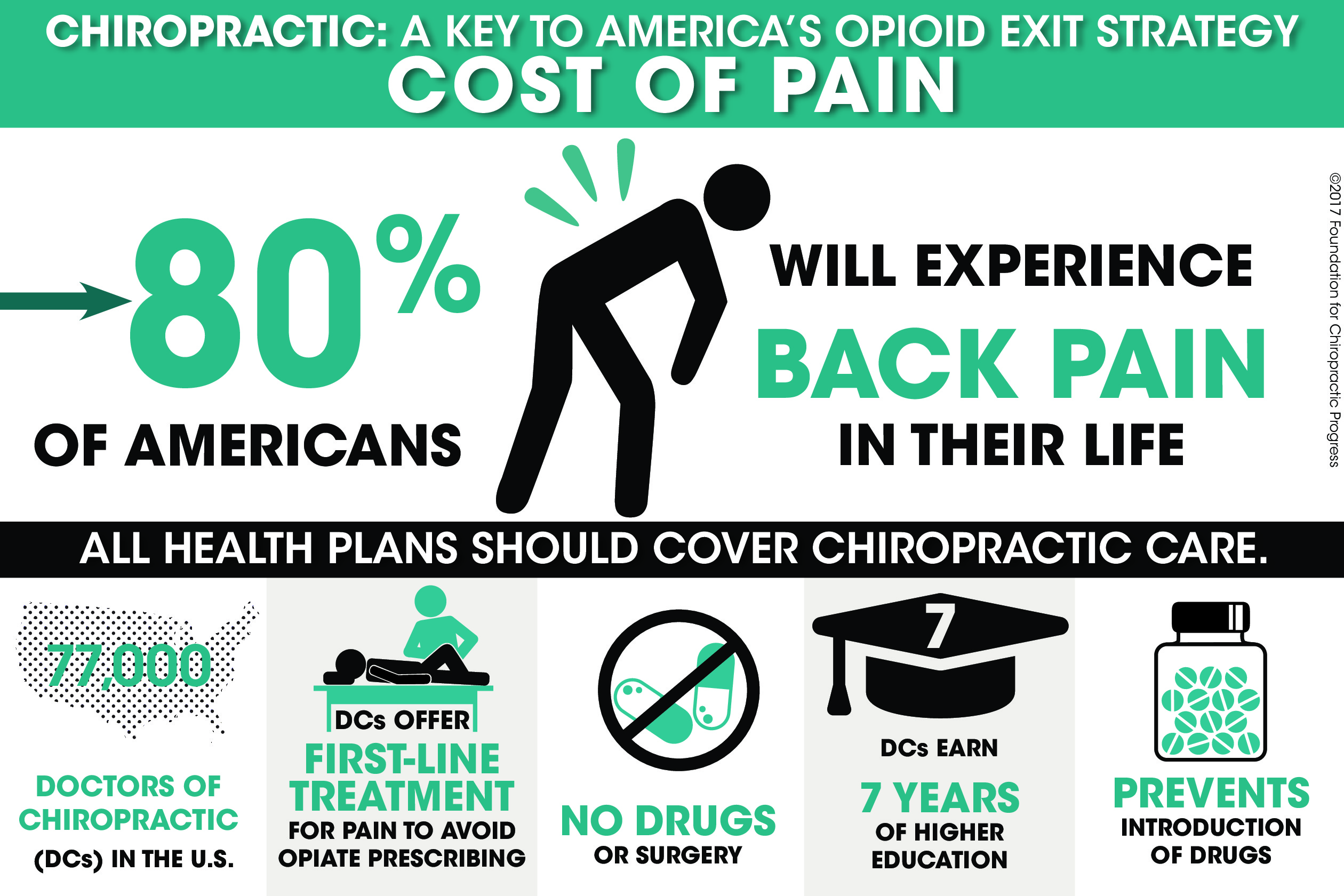Prepare Yourself To Explore The Fascinating Globe Of Cellular Communications In Cold Laser Therapy And Exactly How It Uses Light To Assist In Recovery. Take A Much Deeper Study The Scientific Facets!
Prepare Yourself To Explore The Fascinating Globe Of Cellular Communications In Cold Laser Therapy And Exactly How It Uses Light To Assist In Recovery. Take A Much Deeper Study The Scientific Facets!
Blog Article
Web Content By-Harbo Kornum
You may have come across cold laser therapy as an appealing treatment alternative for different problems, yet have you ever questioned just how it really works with a cellular level? Recognizing the mechanisms behind this treatment can clarify its efficiency in advertising healing and lowering swelling. By checking out the scientific research behind cold laser therapy, you'll get insights right into the fascinating ways in which light can influence mobile procedures and promote tissue repair service.
Just How Cold Laser Treatment Works
To comprehend just how cold laser therapy functions, you require to realize the basic principles of just how light power interacts with biological tissues. Cold laser therapy, likewise referred to as low-level laser therapy (LLLT), makes use of details wavelengths of light to permeate the skin and target underlying cells. Unlike the extreme lasers used in surgeries, cold lasers emit low degrees of light that don't generate warm or cause damages to the tissues.
When these mild light waves reach the cells, they're soaked up by components called chromophores, such as cytochrome c oxidase in mitochondria. This absorption triggers a series of biological actions, consisting of boosted cellular energy production and the release of nitric oxide, which improves blood flow and decreases inflammation.
Moreover, the light power can additionally stimulate the manufacturing of adenosine triphosphate (ATP), the power currency of cells, aiding in mobile repair and regeneration procedures.
Essentially, coolsculpting commack of light energy to promote recovery and alleviate discomfort in a non-invasive and gentle way.
Mechanisms of Activity
Exactly how does cold laser treatment in fact function to produce its restorative effects on biological tissues?
Cold laser therapy, also called low-level laser therapy (LLLT), runs via a process known as photobiomodulation. When the cold laser is put on the skin, the light energy penetrates the tissues and is taken in by chromophores within the cells.
These chromophores, such as cytochrome c oxidase in the mitochondria, are after that promoted by the light energy, bring about a cascade of biological reactions. One essential system of activity is the enhancement of cellular metabolic process.
The soaked up light power raises ATP manufacturing in the mitochondria, which is important for cellular function and repair. Additionally, cold laser treatment aids to minimize inflammation by preventing inflammatory moderators and promoting the launch of anti-inflammatory cytokines.
This anti-inflammatory effect adds to discomfort relief and tissue healing.
Restorative Impacts
Understanding the therapeutic results of cold laser therapy involves acknowledging just how the improved mobile metabolic process and anti-inflammatory properties add to its positive results on biological tissues.
When stop smoking laser is related to the afflicted area, it stimulates the mitochondria within the cells, leading to increased production of adenosine triphosphate (ATP), which is vital for cellular function and repair work. This boost in cellular power speeds up the recovery process by advertising tissue regeneration and minimizing swelling.
Moreover, the anti-inflammatory residential or commercial properties of cold laser treatment aid to decrease discomfort and swelling in the targeted area. By hindering inflammatory arbitrators and promoting the release of anti-inflammatory cytokines, cold laser therapy aids in reducing discomfort and boosting the total healing reaction.
This decrease in swelling not only offers instant alleviation but additionally sustains long-term tissue repair work.
Final thought
To conclude, cold laser treatment functions by promoting mobile fixing and cells regeneration via photobiomodulation. Its anti-inflammatory buildings offer discomfort relief and reduce swelling by inhibiting inflammatory conciliators.
This treatment offers a comprehensive method to recovery, delivering both immediate alleviation and long-term cells repair service benefits.
Via its mechanisms of activity, cold laser treatment proves to be an efficient and promising therapy alternative for a range of conditions.
